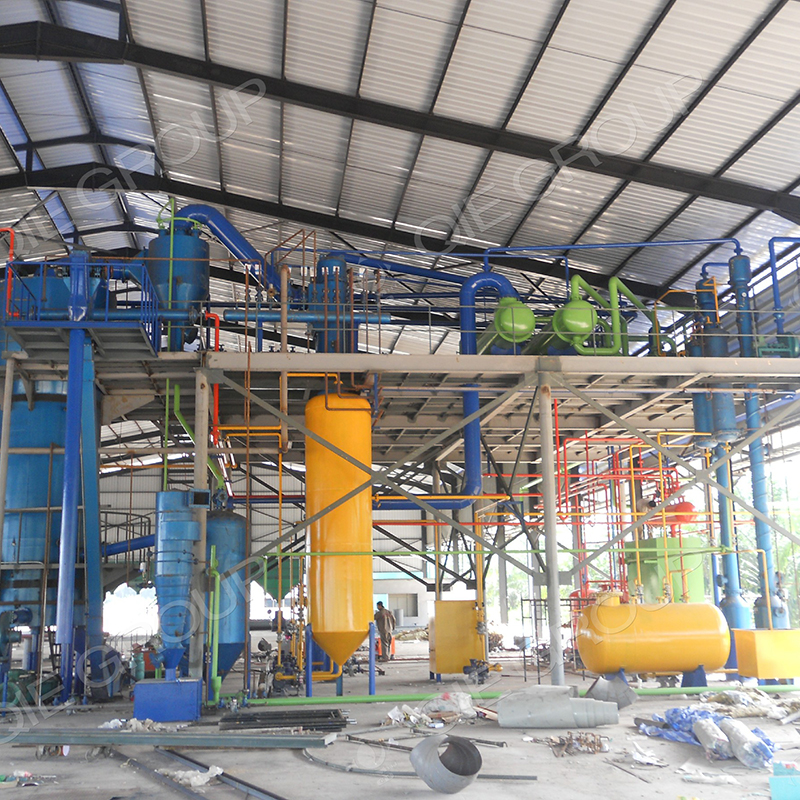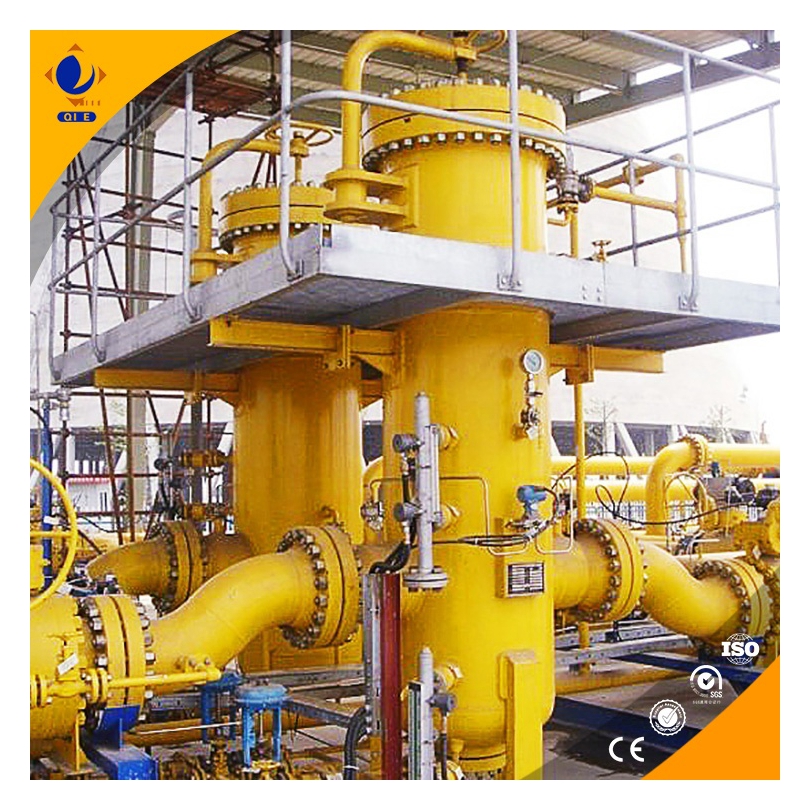
In the realm of palm oil production, the stability and efficiency of the palm oil pressing line are of paramount importance. This is where the Programmable Logic Controller (PLC) automation control system steps in, revolutionizing the way palm oil is produced.
The PLC automation control system plays a crucial role in the palm oil pressing line of Penguin. It manages the logical control and parameter optimization in core processes such as feeding, pressing, and oil - water separation. For instance, in the feeding process, the system can precisely control the amount of palm fruit entering the press, ensuring a consistent and efficient operation. According to industry data, an optimized feeding process can increase the overall production efficiency by up to 15%.

One of the key components in this system is the integration of industrial sensors. Pressure, temperature, and flow sensors are deployed throughout the production line. These sensors collect real - time data, which is then used for automatic parameter adjustment and fault early - warning. For example, a temperature sensor can detect abnormal temperature rises in the pressing chamber. If the temperature exceeds the set threshold, the system can automatically adjust the pressing speed or cooling system to prevent equipment damage. Studies have shown that using such sensors can reduce equipment failure rates by approximately 20%.
Data analysis is another vital aspect of the PLC automation control system. By analyzing the data collected from sensors, operators can implement preventive maintenance and remote monitoring. This means that potential problems can be identified and solved before they cause significant disruptions to the production. For example, through data analysis, it was found that a small increase in pressure fluctuations in the oil - water separation process could indicate a clog in the pipeline. By addressing this issue promptly, the production line can avoid costly downtime.
Let's take a look at a real - world case. A medium - sized palm oil production company implemented the PLC automation control system in their pressing line. After the implementation, they saw a 25% increase in production capacity and a 18% reduction in energy consumption. This shows that the system not only improves productivity but also helps in cost - saving.

For small and medium - sized palm oil enterprises, choosing the right technology and managing operations are crucial. When it comes to technology selection, they should consider factors such as system compatibility, sensor accuracy, and ease of use. Additionally, proper system integration and staff training are essential. A well - trained workforce can better operate and maintain the system, ensuring its long - term stability. It is recommended that enterprises allocate at least 10% of the total system investment for staff training.
To enhance the understanding of the technical details, here is a table showing the key parameters and their optimal ranges in different production processes:
| Process | Parameter | Optimal Range |
|---|---|---|
| Feeding | Flow rate | 5 - 8 tons per hour |
| Pressing | Pressure | 10 - 15 MPa |
| Oil - water separation | Temperature | 40 - 50°C |

The Penguin palm oil pressing line with PLC automation offers numerous advantages. It provides high stability, increased production efficiency, and reduced energy consumption. If you are looking to upgrade your palm oil production line and achieve better results, don't miss out on this opportunity. Contact us now to learn more about our efficient automated palm oil pressing line!

